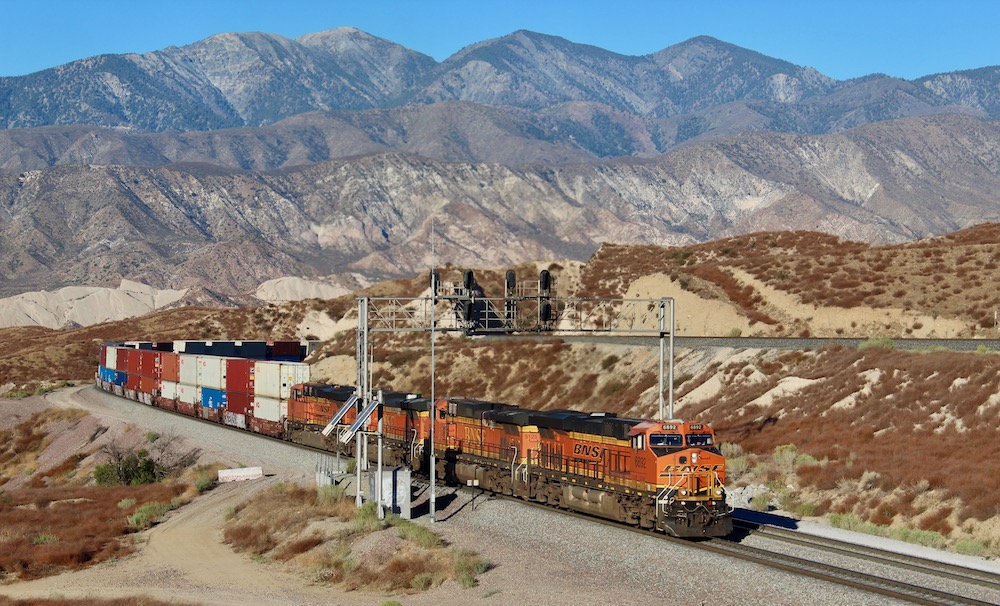
Will the persistent low water levels in the Panama Canal and ongoing attacks on ships bound to and from the Suez Canal wind up diverting international container traffic to West Coast ports?
Railroad executives think so, although most say a shift in international intermodal volume has yet to materialize. The drought in Panama has prompted canal authorities to restrict ship transits, while Houthi missile and drone attacks on ships in the Red Sea have shippers mulling sending Asian-made goods to the U.S. via the West Coast instead of through the Suez Canal.
“We’ve spent a lot of time looking at the global supply chains and the canals. … Right now in the near term, we haven’t seen any significant shift,” Kenny Rocker, Union Pacific’s executive vice president of marketing and sales, said on the railroad’s earnings call last week.
The railroad’s international partners have placed tariffs on shipments moving through the Panama Canal, so Rocker says UP has been working with customers on backhaul opportunities to give them more reasons to use West Coast ports instead of the canal.
BNSF Railway is hearing from its customers that they will be shifting some volume to the West Coast, spokesman Zak Andersen says. Some shift has already started to occur, he says, based on how U.S. West Coast containerized imports began to gain market share in the fourth quarter of 2023.
“Additionally, BNSF is seeing momentum with organic growth on our network as well, due to the quality of our service product and our capacity to grow,” Andersen says.
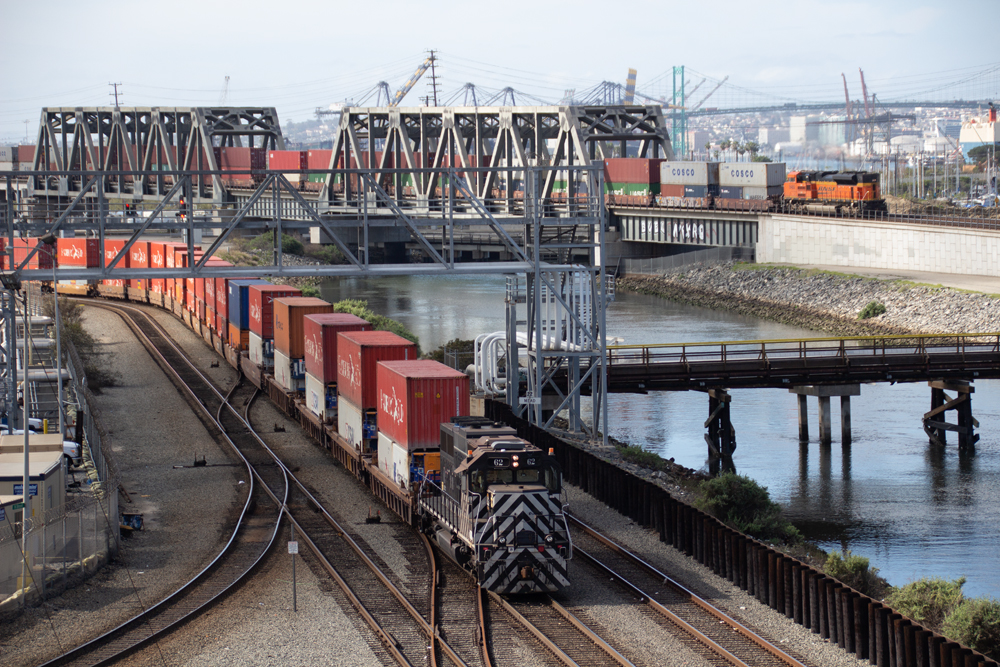
International intermodal has a smaller market share from East Coast ports due to the shorter hauls that favor truck moves to inland markets. If shipments that usually land on the East Coast via the Suez are diverted to an all-Pacific Ocean routing to West Coast ports, it could mean more volume – and in some cases longer hauls – for the Eastern railroads.
“We continue to monitor the evolving situations at both the Panama Canal and the Red Sea. To date we have not been significantly affected by any changes in our customer behavior, but we stand at the ready with the capacity and capabilities to adapt as needed,” CSX Chief Commercial Officer Kevin Boone said on the railroad’s earnings call last week.
It’s the same story at Norfolk Southern.
“We’re talking to our customers a lot about this … We haven’t seen any impact yet to our volumes,” Chief Marketing Officer Ed Elkins said on last week’s earnings call. “Fact is, our East Coast port volumes continue to be remarkably strong. And we are hearing customers start to evaluate their West Coast options, and that makes sense given some rather unprecedented things that are going on. But regardless, the great thing about our network is we’re well positioned to pick up that volume growth whether it comes in the East Coast or the West Coast.”
Canadian National Chief Marketing Officer Doug MacDonald said the railway has held discussions with its international intermodal customers about the canal disruptions.
“We’re starting to hear, with the different problems at both the Panama and Suez canals, that the West Coast is looking like a more viable option moving forward,” he said last week on CN’s earnings call. “We haven’t seen those volumes come in yet, but we’re expecting them to gradually ramp up if they do come.”
Canadian Pacific Kansas City Chief Marketing Officer John Brooks doesn’t expect the railway’s customers to increase the use of West Coast ports due to canal problems. An exception is the Panama Canal Railway, a joint venture between CPKC and Mi-Jack, that’s seeing increased volume due to low water levels.

Intermodal analyst Larry Gross expects the Panama Canal and Red Sea problems to push more container volume to West Coast ports.
“With problems at both the Panama and Suez canals, the direct move across the Pacific into the West Coast with intermodal beyond is looking better and better,” he wrote in his January Intermodal In-Depth report.
The Panama and Suez issues prompted Gross to raise his international intermodal forecast to 10.2% growth for the first quarter and 8.1% for the second quarter.
“The swing back to the West Coast should also provide domestic [intermodal] with some transloading tailwinds,” Gross says, although he expects most of the new West Coast volume will move inland intact in international containers.
Several cross-currents buffeted West Coast port volumes last year.
Vancouver and Prince Rupert, British Columbia, saw their volume fall during a July dockworkers strike. Their loss was a gain for the Northwest Seaport Alliance, which includes the ports of Seattle and Tacoma, Wash. North America’s biggest port complex – the ports of Los Angeles and Long Beach – saw their container volumes gain strength in the second half of the year after dockworkers voted to approve a new contract. To avoid potential disruption at L.A. and Long Beach, shippers had been diverting cargo to ports on the U.S. East and Gulf coasts.






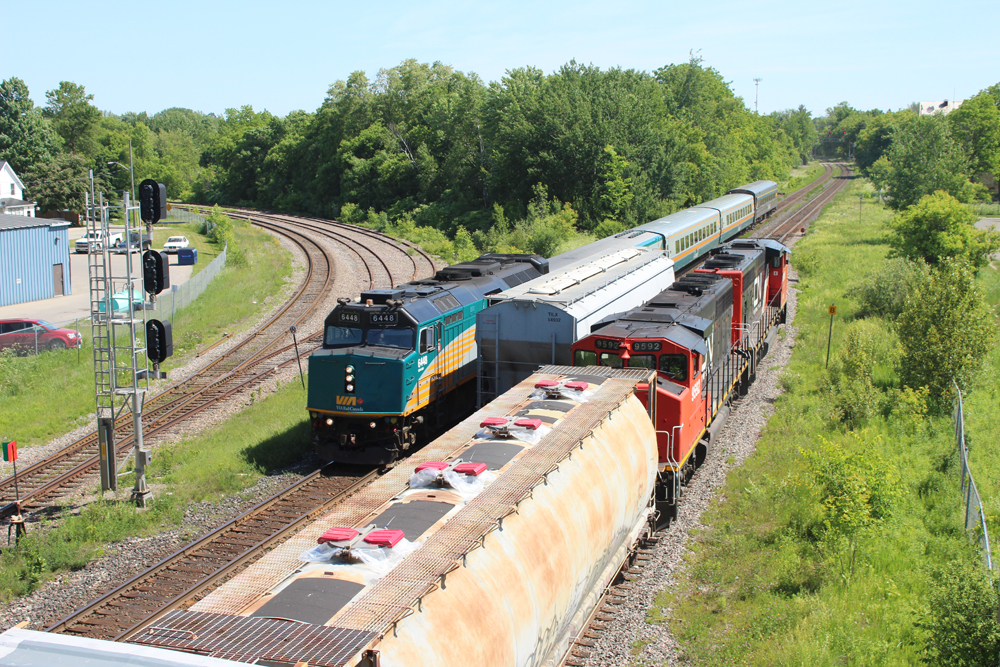
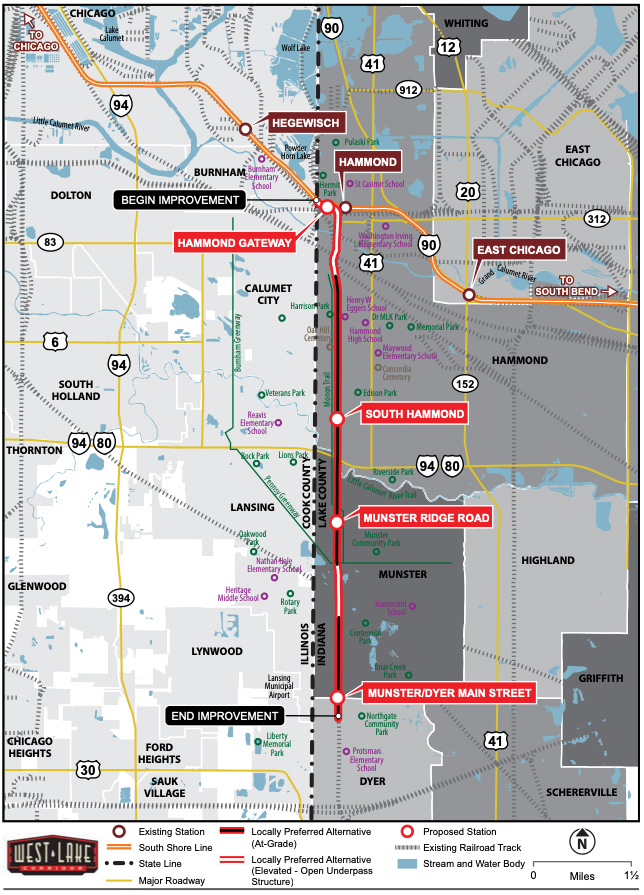
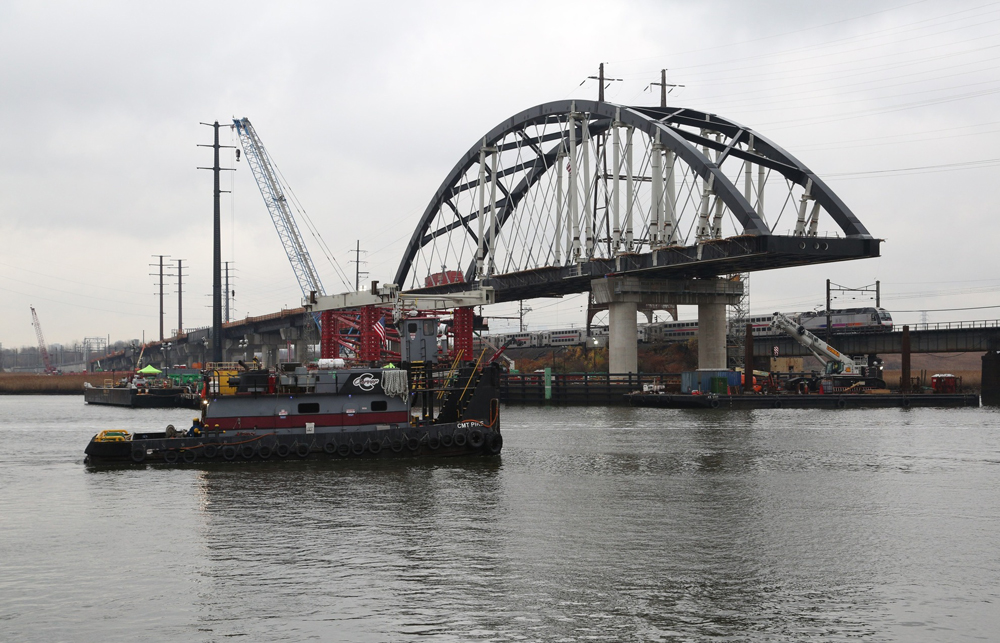
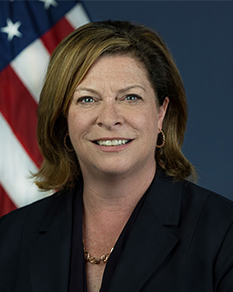
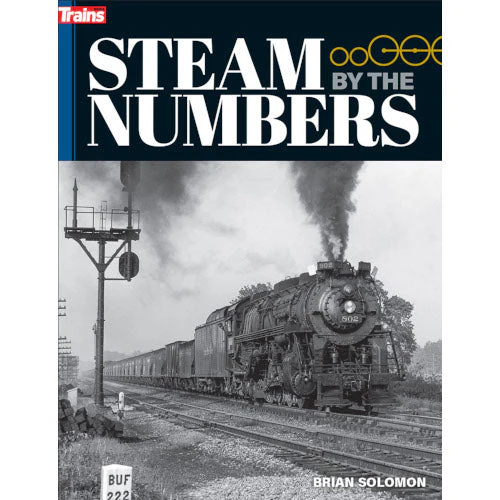


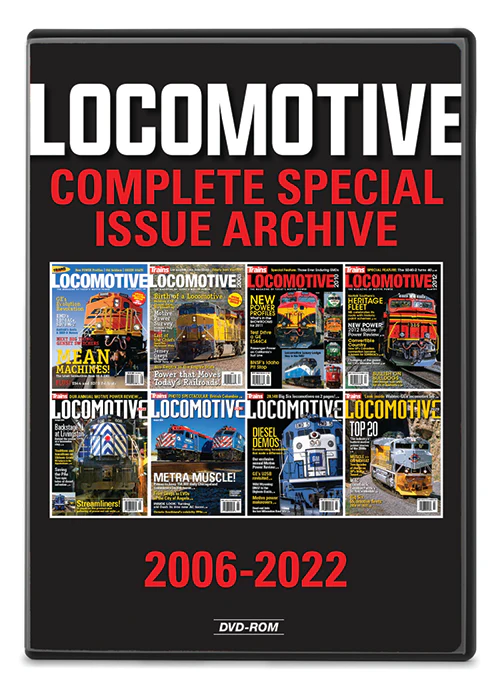
The old locks are gravity fed directly from the lake itself so every time they open and close one of the old locks the water is out to the ocean. So drought has hit the old canal hard. Had an opportunity to go through he canals on one of our vessels a few years ago. A great experience.
The new locks do recycle water as the water is stored in adjacent basin and pumped back into the locks. Still lose water but significantly less then the old locks. But over time still lose water unless the lake is replenish.
I wouldn’t be surprised if some of the biggest Gulf and South East Coast ports are pushing the feds to help out somehow. A tremendous amount of Federal & State dollars and resources have gone into channel deepening and expanding Houston, Mobile, Miami, Jacksonville, Savannah and up the east coast for a cut of container traffic going through the Canal. Some of that is being routed back to US Ports.
draining too much fresh water from tributaries that help keep the Panama Canal filled, especially now during 5 year drought conditions, is very problematic. Doing an online search, there are at least four other Central American countries, Costa Rica, Nicaragua, Guatemala, and Honduras, all vying to compete with the Panama Canal, by building new canals.
That said, if we taxpayers have to fund all these problems, TPTB should consider DEEPENING the Panama Canal to sea level, (ala Suez Canal), eliminating the locks, and not having to rely on fresh inland water tributaries. That might be the most cost effective and environmentally sound answer to avoid draining fresh water from the wetlands and jungles in order to sustain water levels in the inland part of the Panama Canal, which is also prone to being wasted out to sea through the locks. https://siteselection.com/issues/2013/mar/central-america.cfm
Who says the USA has to fund any of the problems with the current Panama Canal or the building of any new ones?
The then government of Panama wanted the USA out at the time and then they picked a China company to run it.
As far as I’m concerned, the canal’s problem are on their shoulders and no USA taxpayer funds should be given them to bail them out of their mistakes. If somehow the USA has to be involved for naval security reasons, then the price of our financial help is to terminate the Chinese company and replace it with an American management company.
I’m well aware Steve, but knowing how the U.S. can get snookered into funding just about everything under the sun, I’m wary.
A coworker spent a lot of time in Panama when he was in the Navy. He was stationed down there when they started the canal widening project. Told me that most people knew it would be a problem with GATUN LAKE if only one year of lower rainfall occurred, It’s been more than one bad year.
Bigger Locks with wider canal means more water being used. They also take drinking water from the lake to supply the towns and cities along the way. Friend told me even a BLIND MAN could see this coming.